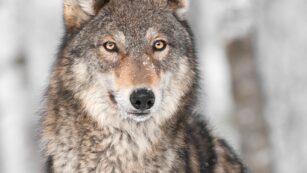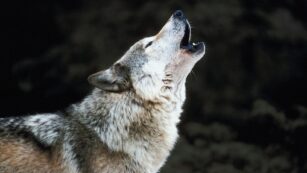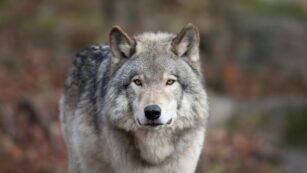
Drawing a wolf can seem daunting, but with a few simple steps, anyone can create a stunning wolf sketch. In this article, I’ll guide you through the process of drawing a wolf in a straightforward and easy-to-follow manner. Whether you’re a beginner or looking to refine your drawing skills, mastering the art of drawing a wolf can be a rewarding experience.
From capturing the essence of the wolf’s majestic features to adding intricate details that bring your drawing to life, I’ll share tips and tricks to help you achieve a realistic and captivating wolf illustration. So grab your pencils and paper, and let’s dive into the world of wolf drawing together. Get ready to unleash your creativity and create your own masterpiece with these wolf drawing simple techniques.
Wolf Drawing Simple
Why Do I Prefer a Simple Approach?
 When it comes to wolf drawing simple, I always prefer starting with a simple approach. By focusing on the basic shapes and forms first, it’s easier to build up the details gradually. This method not only helps in establishing the overall structure of the wolf but also allows for corrections and adjustments along the way. Starting simple is key to building confidence and getting a solid foundation before diving into more intricate details.
When it comes to wolf drawing simple, I always prefer starting with a simple approach. By focusing on the basic shapes and forms first, it’s easier to build up the details gradually. This method not only helps in establishing the overall structure of the wolf but also allows for corrections and adjustments along the way. Starting simple is key to building confidence and getting a solid foundation before diving into more intricate details.
Key Features of a Wolf to Highlight
Drawing a wolf involves capturing its key features to bring out its distinct characteristics. Some essential features to highlight include the pointed ears, sharp eyes, powerful jaws, and the bushy tail. Paying attention to these details is crucial in creating a realistic portrayal of a wolf. Each feature contributes to the overall majestic appearance of the wolf, making it essential to emphasize them in your drawing to truly capture the essence of this magnificent creature.
Tools and Materials for Simple Wolf Drawings
Choosing the Right Pencils
 When creating wolf drawing simple, it’s vital to use the right pencils to achieve the desired effects. I recommend starting with a set of graphite pencils in varying hardness, such as 2H, HB, and 2B. These pencils allow for versatility in shading and detailing. The 2H pencil is great for light outlines and initial sketches, while the softer 2B pencil is perfect for darker shading and adding depth to your drawing.
When creating wolf drawing simple, it’s vital to use the right pencils to achieve the desired effects. I recommend starting with a set of graphite pencils in varying hardness, such as 2H, HB, and 2B. These pencils allow for versatility in shading and detailing. The 2H pencil is great for light outlines and initial sketches, while the softer 2B pencil is perfect for darker shading and adding depth to your drawing.
Paper Types Suitable for Sketching
The choice of paper can significantly impact the outcome of your wolf drawing. For wolf drawing simple, I suggest using smooth, heavyweight paper with a medium tooth. This type of paper is ideal for sketching as it allows for easy blending and layering of pencil strokes. A paper weight of around 100-140 gsm is suitable for sketching detailed textures like fur and creating depth in your wolf drawing.
Step-by-Step Guide to Drawing a Simple Wolf
Sketching the Basic Shape
 To begin drawing a simple wolf, I start by sketching the basic shapes that form the wolf’s body. I use circles and ovals to outline the head, chest, and body, connecting them with simple lines to establish the wolf’s pose. By focusing on these basic shapes, I set a solid foundation for the rest of the drawing.
To begin drawing a simple wolf, I start by sketching the basic shapes that form the wolf’s body. I use circles and ovals to outline the head, chest, and body, connecting them with simple lines to establish the wolf’s pose. By focusing on these basic shapes, I set a solid foundation for the rest of the drawing.
When sketching the wolf’s basic shape, it’s important to keep the lines light and subtle, allowing for adjustments as I add more detail later on. This initial sketch serves as a guide for positioning the wolf on the page and helps maintain proportions as I progress with the drawing.
Adding Details and Texture
After sketching the basic shape, I move on to adding details that bring the wolf drawing simple to life. I start by defining features like the wolf’s pointed ears, sharp eyes, and powerful jaws using precise lines to enhance their prominence. These details help capture the essence of a wolf’s fierce yet majestic appearance.
To create texture in the fur, I use short, quick strokes with a graphite pencil, varying the pressure to mimic the wolf’s fur pattern accurately. By layering these strokes in different directions, I achieve a sense of depth and dimension in the wolf’s coat, making it look more realistic and dynamic on paper.
